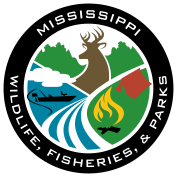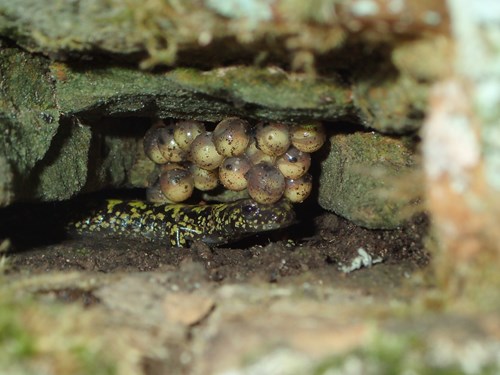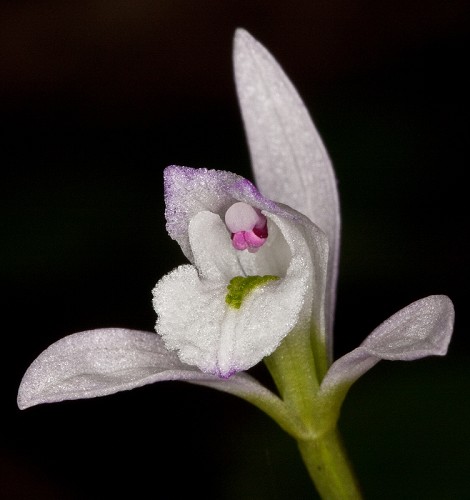
If you have questions about purchasing a license call 1-800-5GO-HUNT.
The Mississippi Natural Heritage Program (MNHP) identifies and maps in a spatial database (Biotics) the localities of Mississippi's rarest plants, animals, exemplary natural communities, and special geological features. This database is updated continuously and utilized to portray the distribution of each species, determine its degree of rarity, and assist with development of state, national, and global priorities for the preservation of natural diversity.
The MNHP, established in 1976 as a cooperative agreement between The Nature Conservancy and the Mississippi Parks Commission, is part of an international network of State Natural Heritage Programs and Conservation Data Centers, all building on the same data collection methodology. Full administration of the MNHP was assumed by the Mississippi Department of Wildlife, Fisheries, & Parks in 1978.
The Natural Heritage Inventory project has four major areas of activity:

State-endangered green salamander guarding her eggs, which can be seen clinging to the wall above her.
(Photo credit: Tom Mann)

Three birds orchid is considered an S2 species in MS.
(Photo credit: SoutheasternFlora.com)